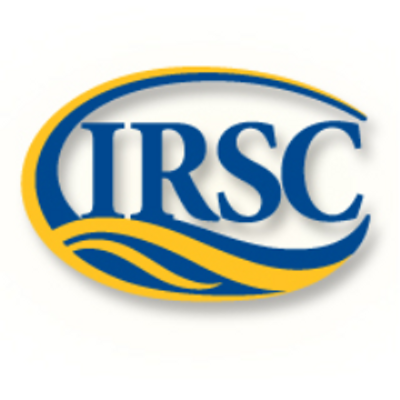When Indian River State College (IRSC) announced a project to pilot adaptive learning courseware in 2019, Dr. Heather Michaels, Chair of the Physical Sciences Department, knew just the course to try it with — Introductory Chemistry.
But some other faculty in her department were less certain. When Michaels first proposed joining the pilot, “There was a bit of a learning curve and a need to get buy-in,” she says, particularly around the need for a new technology.
But after using the adaptive learning courseware herself over the summer, Michaels was optimistic it would help students. Her enthusiasm — along with preparation, training, and support — helped engage her Chemistry colleagues.
And since the technology presented an opportunity to reach more students, “they were willing to try anything I asked them to.”
Lessons from the initial adaptive courseware pilot
Indian River State College is an associate and baccalaureate degree granting institution in Fort Pierce, Florida. In addition to the Introductory Chemistry course, the adaptive learning project, supported by Every Learner Everywhere, eventually also involved courses in Intermediate Algebra and Quantitative Reasoning.
Related reading: First-Year Report on Every Learner Everywhere’s Lighthouse Institutions
Michaels learned about the opportunity during the Spring 2019 term and set about evaluating and selecting adaptive courseware that suited the chemistry course.
She tested the courseware in the Summer 2019 term, with a long-term goal of bringing in all five full-time faculty who teach the Introductory Chemistry course.
Michaels admits that the first term on her own was pretty rough. She was learning how to use the new program herself, while also learning how to teach students to use it.
“Getting students to learn the technology and put the time in to do it was shocking, actually,” she says. “I ended up with tons more emails than I’ve ever had because I ended up being tech support.”
For example, the first few times using the software, a student might have trouble because their own computer used an incompatible web browser, was set to block pop ups, or had other software that needed to be updated. Michaels was fielding questions about this from students.
Learn more: A Team-Based Approach to Redesigning and Aligning a Gateway Course
Training faculty colleagues on adaptive courseware
Michaels’ informal tech support role didn’t stop there. Each semester since that initial run, she brought a new faculty member into the program. In each case, she sat down with her colleague for a few hours to train them — for example on how to connect the adaptive learning software to their course section in IRSC’s learning management system.
Meanwhile, Michaels was documenting the issues she was troubleshooting with students. With that list of issues in hand, she was able to prepare colleagues to assist their own students.
The technology issues have been decreasing each semester, Michaels says. “We’re getting better at communicating the information in multiple different ways. Eventually the students get it.”
Learn more: Models for Effective Faculty Development While Implementing Adaptive Learning
Supporting uncertain faculty
While the Chemistry faculty were willing to try something new, not all felt confident with the adaptive courseware. For one anxious faculty member in particular, Michaels was able to find a peer tutor resource to help. (At IRSC, peer tutors are students who did well in a course in the past and who are available to work with current students.) The peer tutor embedded in this classroom was able to answer many tech questions for students. That faculty member went on to continue using the adaptive courseware in Spring 2020.
Related reading: Learn how Cuyahoga Community College structured their faculty learning community to support their adaptive learning implementation.
A positive outlook on the future
Faculty may question the use of digital learning technologies, but Michaels believes finding the right blend of enthusiasm and support helps faculty consider and ultimately succeed with new tools.
“Assigning a textbook and having students do traditional learning isn’t working,” she says. “Replacing it with something that could work seems a lot better than continuing to do something that doesn’t.”
She notes that the most time-consuming part of implementing adaptive courseware in the Introductory Chemistry course was finding a software that ticked all the right boxes. Once she found that, the implementation wasn’t difficult. She recommends taking advantage of the publisher’s resources for training in order to make the implementation even more smooth.
While it’s still too early to refer to definitive results, so far, the adaptive courseware looks promising. Michaels notes that Introductory Chemistry faculty are seeing improvements in participation across the Chemistry department, in part because about 15 percent of the student’s grade now comes from participation in the courseware.
“My intuition is that they’re learning better,” she says.
Get the newly released Adaptive Courseware Implementation Guide.




